Lahore is a city where the old and new come together beautifully. It is home to some of the world’s most amazing historical places. Among these is Shalimar Bagh Lahore, a masterpiece of Mughal garden architecture that offers a perfect escape from the hustle and bustle of city life.
This stunning garden, with its terraced layout, flowing water fountains, and lush greenery, provides visitors with a unique opportunity to experience the grandeur of the Mughal Empire while immersing themselves in the beauty of nature.
As a Lahori and travel photographer, I have captured the essence of Shalimar Bagh, Lahore, on several occasions. Each visit, whether in the soft glow of early morning light or the golden hour of sunset, brings a fresh sense of awe. If you are a lover of history, architecture, or simply looking for a peaceful retreat in the heart of Lahore, Shalimar Bagh is a place you should add to your bucket list.
A Brief History of Shalimar Bagh Lahore
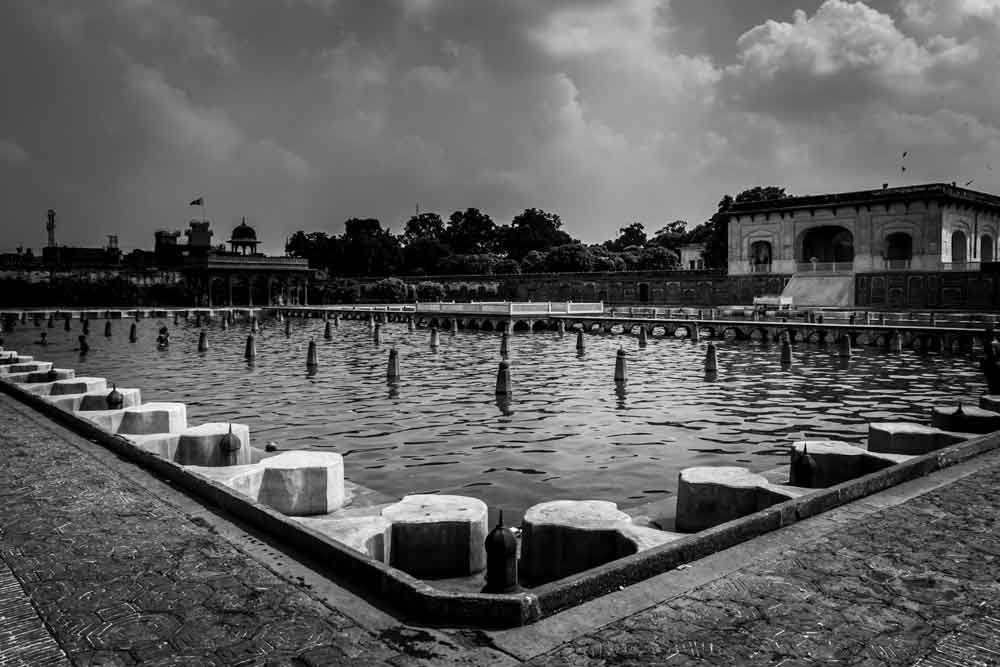
Shalimar Bagh Lahore, also known as Shalimar Garden, was built in 1641 by Mughal Emperor Shah Jahan. He is best known for commissioning the Taj Mahal in Agra, a symbol of love and architectural beauty. Shalimar Garden was designed to reflect the emperor’s deep love for his wife, Mumtaz Mahal. It stands as one of the finest examples of Mughal garden design in the subcontinent.
The Mughals constructed the Shalimar Bagh as a symbol of paradise, drawing inspiration from Persian gardens and blending natural beauty with architectural splendor.
The garden consists of three terraced levels, each connected by flowing water channels, fountains, and lush green spaces. This serene garden was once a royal retreat for Mughal emperors, offering them a peaceful space for relaxation and contemplation. Today, it remains one of Lahore’s most treasured historical sites, offering visitors a glimpse into the opulence and aesthetic beauty of the Mughal era.
Architectural Beauty and Design
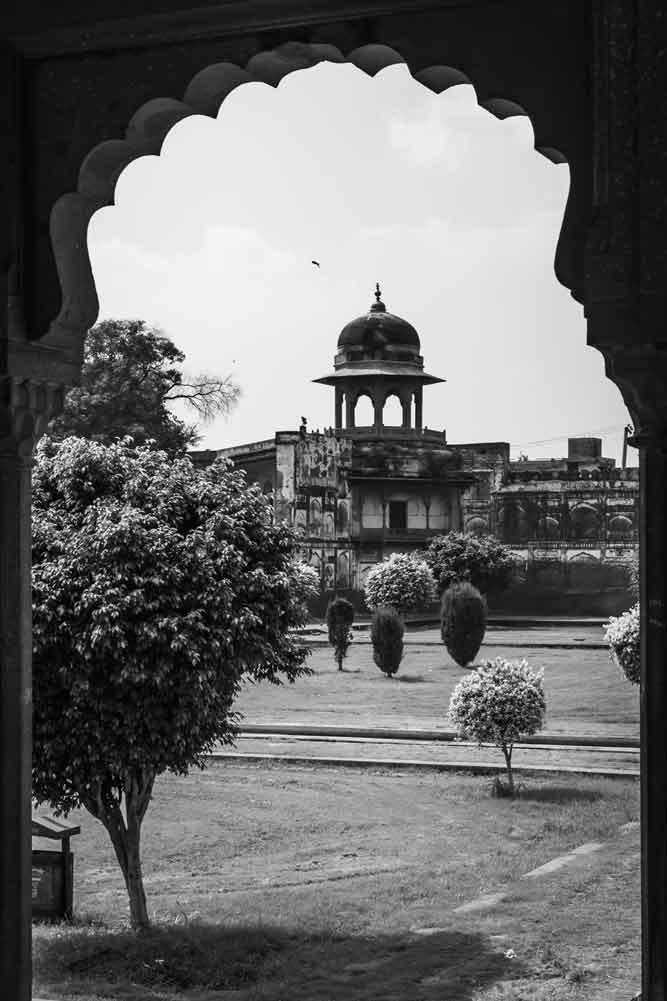
The design of Shalimar Bagh Lahore is a prime example of Mughal-era engineering and landscaping. The architects divided the garden into three main terraces, each more beautiful than the last, offering visitors breathtaking views at every turn.
-
- First Terrace (Upper Terrace): The uppermost terrace of the garden is the most elevated, offering a spectacular view of the entire garden. The fountains and pools provide a soothing sound that enhances the garden’s tranquility. There’s a small canteen on this terrace where you can enjoy tea and snacks. Here you can enjoy the horse or buggy ride as well.
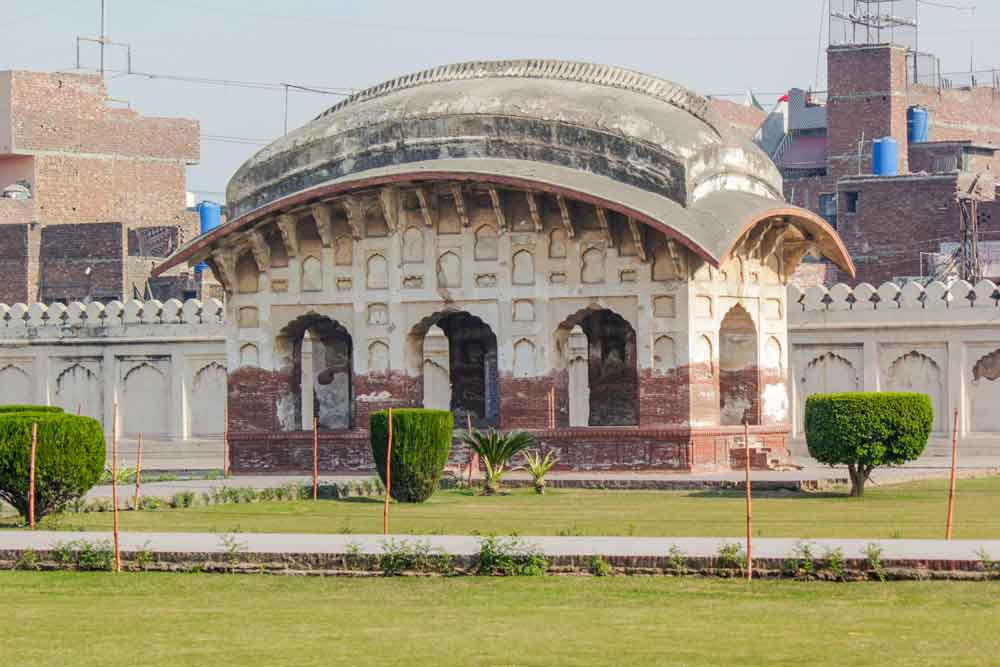
-
- Second Terrace (Middle Terrace): This level is known for its impressive layout of pools, fountains, and manicured lawns. Here you’ll find the famous Shalimar Bagh waterfall, once a stunning feature that flowed gracefully down the terrace. Unfortunately, it’s no longer operational.

-
- Third Terrace (Lower Terrace): The lower terrace of Shalimar Bagh is characterized by its lush greenery and elaborate water features. It offers a serene environment, perfect for those seeking relaxation or a peaceful stroll through nature.
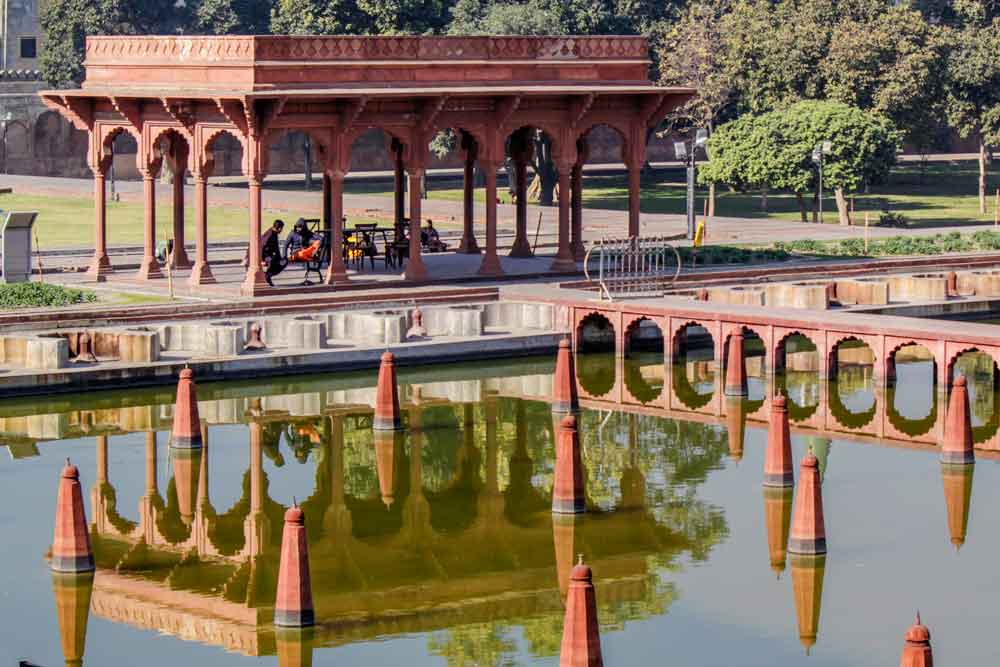
Skilled gardeners have meticulously landscaped the entire garden, planting large trees that offer shade and vibrant flowers that bloom in every season. It’s no wonder people consider Shalimar Bagh, Lahore, one of the most stunning examples of Mughal garden design.
A UNESCO World Heritage Site
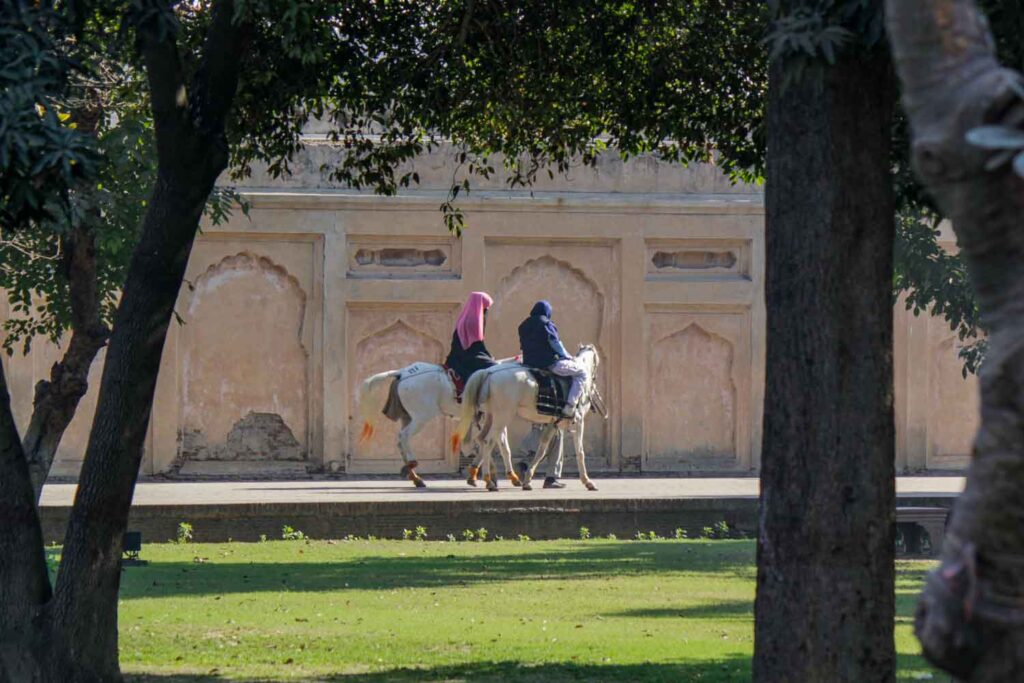
In 1981, the Shalimar Bagh in Lahore was designated a UNESCO World Heritage site, recognizing its cultural and historical significance. The Walled City Authority and caretakers have carefully preserved the gardens over the years and continue to maintain them, ensuring that future generations can experience their beauty.
The Walled City of Lahore Authority has played an essential role in the conservation efforts, ensuring that the garden remains true to its original design while also making it accessible to modern-day visitors.
Best Time to Visit Shalimar Bagh Lahore
The garden is open year-round, but the best time to visit Shalimar Bagh Lahore is during the cooler months of the year, from November to March, when the weather is pleasant and the gardens are in full bloom. The evening hours, particularly at sunset, offer a magical atmosphere with the garden’s reflection in the water and the golden hues of the setting sun casting a beautiful light on the architecture. Regardless of when you visit, Shalimar Bagh will leave you with memories that you’ll cherish forever.
Shalimar Bagh’s Role in Lahore’s Cultural Identity
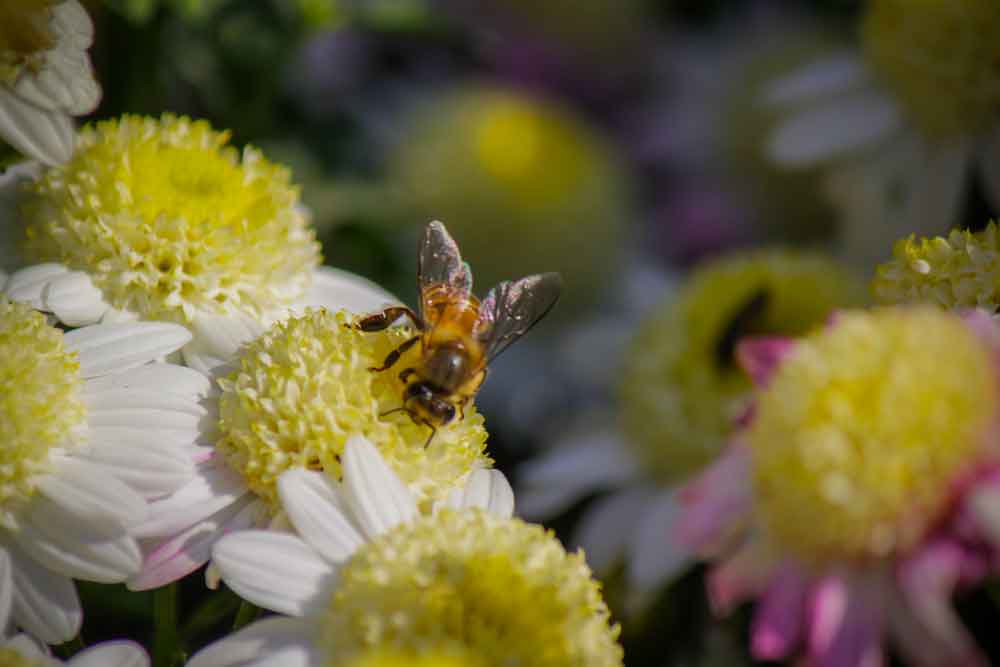
Beyond its beauty and historical value, Shalimar Bagh Lahore plays a vital role in Lahore’s cultural identity. The garden is a symbol of Lahore’s royal Mughal past and is a reflection of the city’s ongoing commitment to preserving its rich heritage. For Lahoris, Shalimar Bagh is not just a tourist destination; it is a part of their daily lives and a place where they can reconnect with their history and culture.The Walled City Authority organizes various events in Shalimar Garden from time to time. The Walled City Authority held Lahore’s famous festival, Mela Charaghan, inside the garden this year.
Conclusion
Shalimar Bagh Lahore is not just a garden; it is a living testament to the grandeur and elegance of the Mughal Empire. Whether you are a history enthusiast, a nature lover, or simply someone looking for a peaceful escape, this stunning garden offers an unforgettable experience. Its intricate design, historical significance, and tranquil atmosphere make it one of the top places to visit in Lahore and a must-see for anyone exploring the city.
Pack your camera, take a stroll through the terraces, and immerse yourself in the beauty and history of Shalimar Bagh Lahore—a true gem in the heart of Lahore.
FAQs about Shalimar Bagh Lahore
1. When was Shalimar Bagh Lahore built?
Shalimar Bagh, Lahore, was built in 1641 AD during the reign of Mughal Emperor Shah Jahan.
2. Who built Shalimar Bagh, Lahore?
It was commissioned by Emperor Shah Jahan and constructed under the supervision of Khalilullah Khan, the governor of Lahore at the time.
3. Where is Shalimar Bagh located?
Shalimar Bagh is located on Grand Trunk Road (GT Road), about 5 kilometers northeast of Lahore’s Walled City.
4. Why is Shalimar Bagh famous?
The garden is famous for its Mughal-era terraced design, flowing water channels, marble fountains, and symmetrical landscaping.
5. How many terraces does Shalimar Bagh have?
Shalimar Bagh consists of three descending terraces, each with its own unique layout: Bagh-e-Farrah Baksh (upper), Bagh-e-Faiz Baksh (middle), and the lowest terrace.
6. How many fountains are there in Shalimar Bagh, Lahore?
The garden originally had 410 fountains, which were fed by an ingenious hydraulic system drawing water from a nearby canal.
7. Is Shalimar Bagh Lahore a UNESCO World Heritage Site?
Yes, Shalimar Bagh Lahore, along with Lahore Fort, was designated as a UNESCO World Heritage Site in 1981.
8. What is the size of Shalimar Bagh, Lahore?
The garden covers an area of approximately 80 acres.
9. What is the architectural style of Shalimar Bagh?
Shalimar Bagh reflects classic Mughal garden architecture, inspired by Persian charbagh design, emphasizing symmetry, flowing water, and lush greenery.
10. Is Shalimar Bagh open to visitors today?
Yes, Shalimar Bagh is open to the public and is a popular tourist attraction, especially during spring when the flowers are in full bloom.



